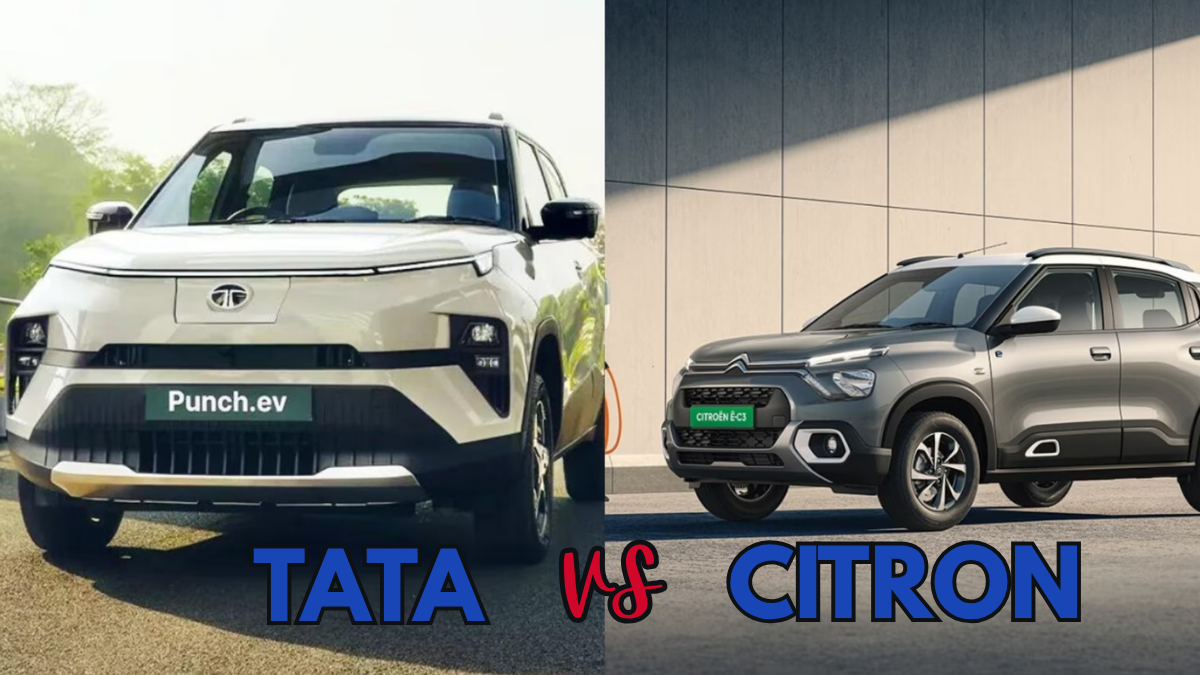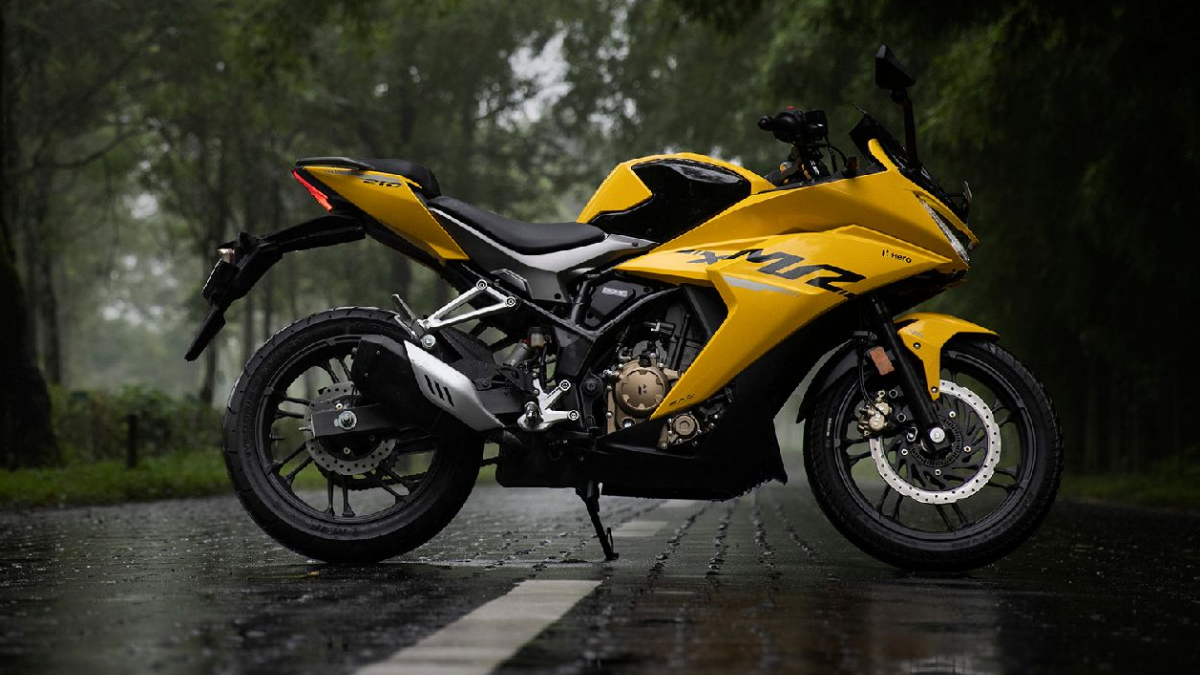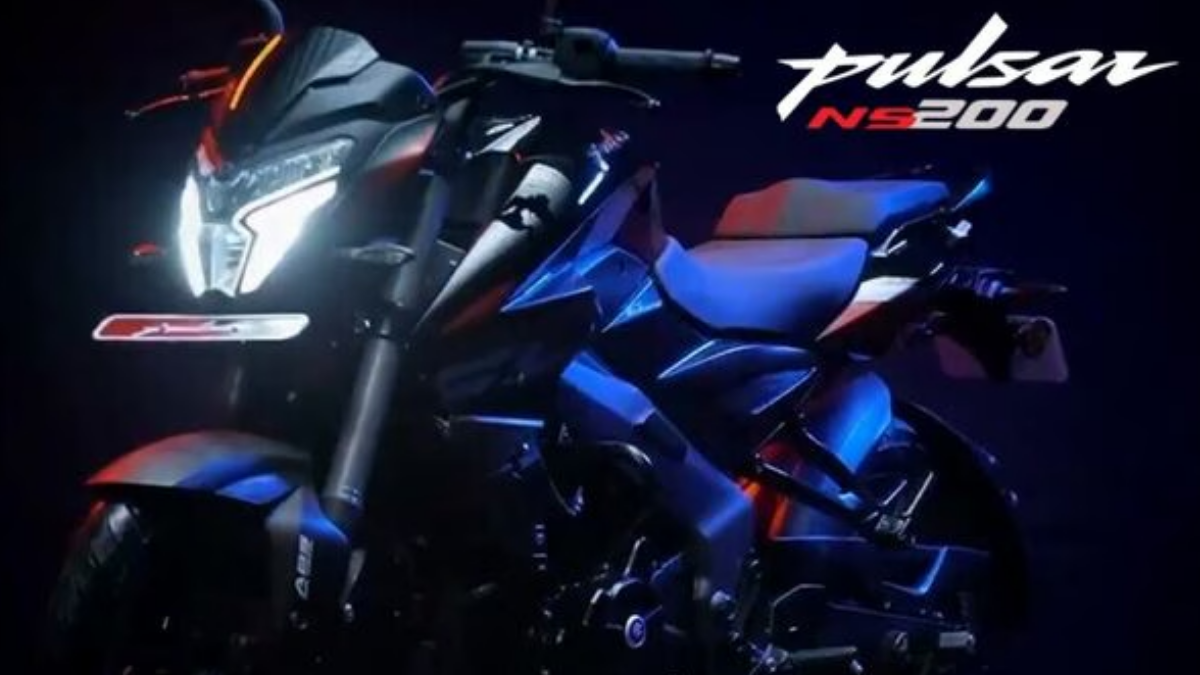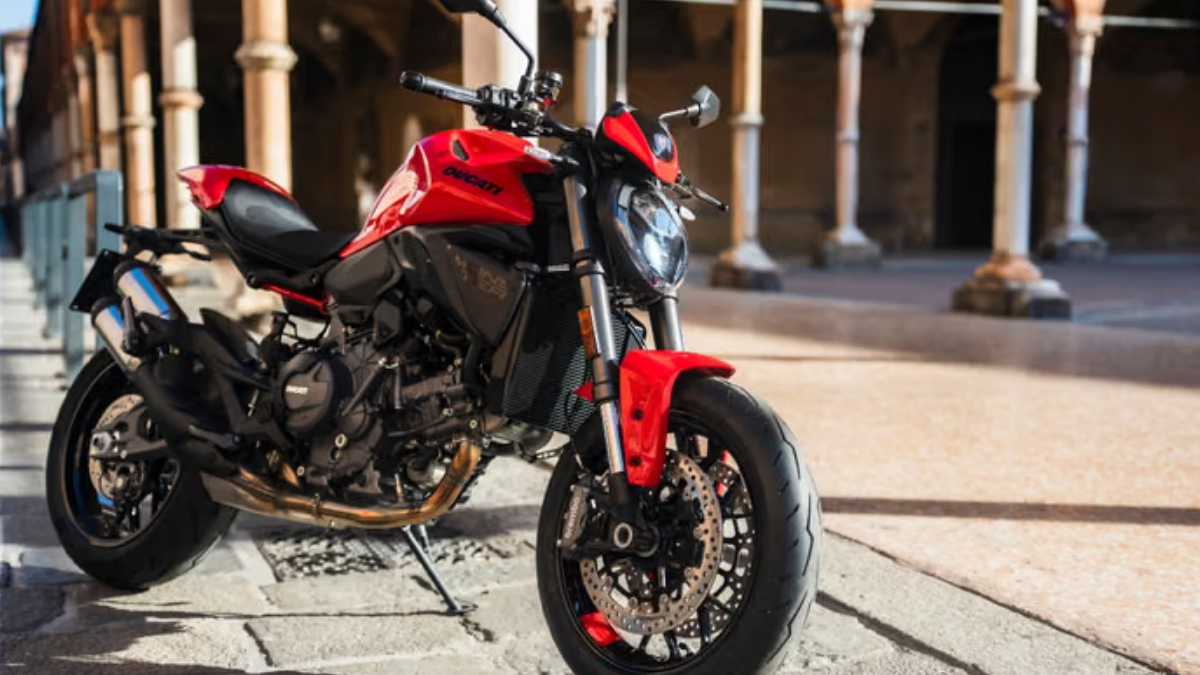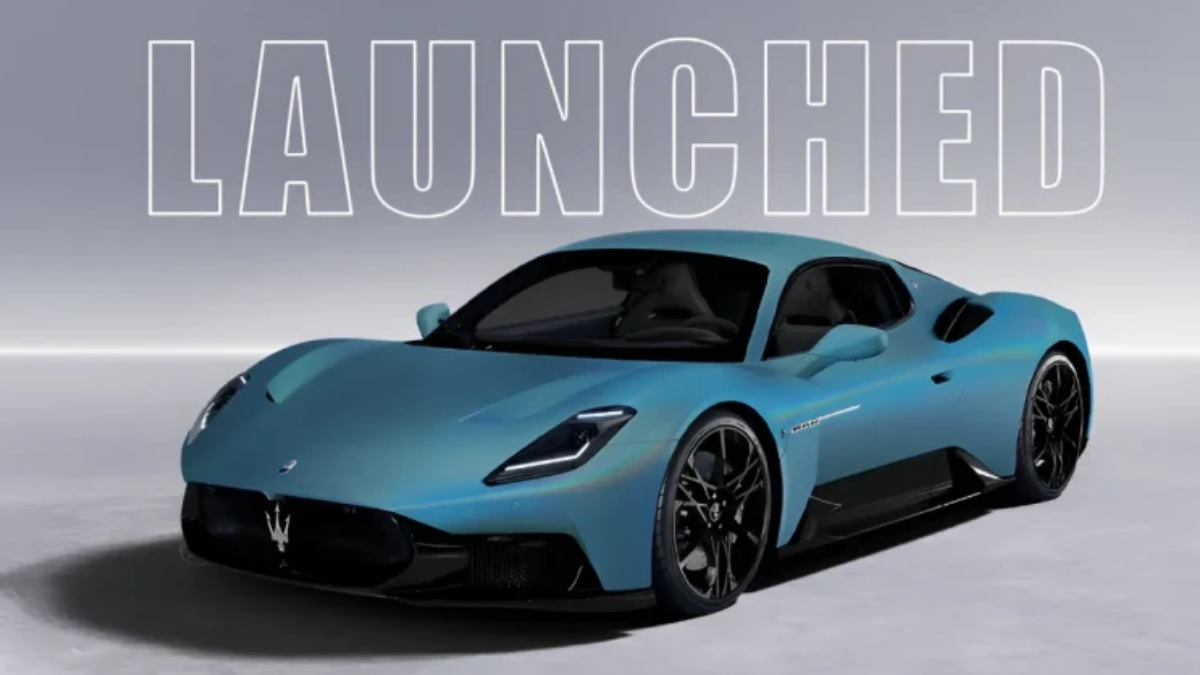India’s compact electric SUV segment has heated up in 2025, and two names consistently top buyer shortlists for city-first EVs with occasional highway duty. Tata Punch EV focuses on feature density, multiple battery choices, and fast charging. Citroen eC3 leans on European styling, a comfortable ride, and a simple user experience. This in-depth comparison covers design, range, charging, performance, features, price, and value to help you choose the right EV for your use case.
Overview
Shoppers moving from petrol hatchbacks to EVs want low running costs, easy drivability, and credible range without losing everyday practicality. The Tata Punch EV and Citroen eC3 both target this sweet spot, promising a small footprint for cities like Jaipur, Pune, and Bengaluru while still offering enough comfort and confidence for weekend runs. Below, we stack them up across all major parameters and conclude with a clear verdict.
Quick Summary
Item |
Details |
|---|---|
Segment |
Compact electric SUVs for city driving with light highway use |
Key Rivals Compared |
Tata Punch EV vs Citroen eC3 |
Battery Options |
Punch EV 25 kWh or 35 kWh; eC3 29.2 kWh |
Claimed Range Window |
Punch EV about 300 to 420 km depending on pack and variant; eC3 about 320 km |
Charging Highlight |
Punch EV supports DC fast charging up to 50 kW with 10 to 80 percent in about 56 minutes (claimed) |
Feature Focus |
Punch EV offers richer feature set and modern cabin; eC3 focuses on clean design and essentials |
Value Verdict |
Punch EV delivers stronger value for money for most buyers, while eC3 appeals to those who prefer a minimalist European feel |
Official Sites |
Tata Punch EV: https://cars.tatamotors.com/suv/punch-ev Citroen eC3: https://www.citroen.in/e-c3.html |
Design and Styling
Tata Punch EV
The Punch EV embraces Tata’s modern EV design language. A closed grille, neat LED DRLs, and a sculpted bumper give it a futuristic look. The squared stance with bold wheel arches and upright proportions project more SUV attitude than most compact rivals. The design communicates toughness while still feeling city sized.
Citroen eC3
The eC3 wears classic Citroen cues. Rounded front end, two tone bodywork, and the brand’s split lighting theme deliver an unmistakable European vibe. The surfaces are softer and friendlier compared to the taut lines of the Punch EV. If you want a cheerful aesthetic that stands out without looking aggressive, the eC3’s styling will appeal.
Takeaway
Punch EV looks more futuristic and SUV like. eC3 looks cute and continental. Both are distinctive, so the final choice here is taste led.
Battery and Range
Tata Punch EV
Two battery packs give the Punch EV a flexibility advantage. The 25 kWh option suits pure city commuters who want a lower purchase price and easy home charging. The 35 kWh pack broadens the use case with a longer claimed range of roughly up to 420 km, making occasional intercity trips more realistic at moderate speeds with planned charging.
Citroen eC3
The eC3 uses a 29.2 kWh battery and claims around 320 km of range under test conditions. In typical mixed Indian use with AC on, you should plan for less, as with any EV. The single pack approach keeps variant complexity low, though it limits buyers who want a truly long range urban EV.
Takeaway
Punch EV offers wider range coverage due to dual pack strategy. eC3 is acceptable for daily city runs but gives you less headroom for spontaneous longer drives.
Features and Technology
Tata Punch EV
The equipment list is a strong selling point. Depending on variant, you get a large touchscreen around 10.25 inches, a digital driver display, wireless Android Auto and Apple CarPlay, wireless charging, automatic climate control, cruise control, rear AC vents, and in some trims premium touches such as leatherette seats or ventilated fronts. Cabin ergonomics and software experience feel up to date for 2025.
Citroen eC3
The eC3 keeps things simpler. A 10 inch touchscreen with wired smartphone integration, straightforward physical controls, and a clean dashboard layout underscore Citroen’s minimalist approach. Some convenience items commonly found in rivals may be missing depending on trim, such as auto AC or a more advanced reversing camera setup. The upside is less clutter and an easy learning curve for first time EV users.
Takeaway
Punch EV wins for tech density and comfort features. eC3 focuses on essentials with a calming, simple interface.
Performance and Driving
Tata Punch EV
The drive unit produces around 122 Nm of torque. The response is immediate in city crawl and gaps open up easily with light throttle. Suspension tuning favors comfort without feeling floaty. Steering is light for parking but gains enough weight on faster roads to inspire confidence. The Punch EV feels eager from a standstill which helps in dense traffic.
Citroen eC3
Citroen prioritizes ride comfort and relaxed responses. The motor outputs around 57 hp and 143 Nm. It is smooth and predictable for urban use, though outright acceleration trails the Punch EV. On open roads the calm chassis shines, but quick highway overtakes require planning. If your priority is a plush, unhurried city drive, the eC3 suits that brief well.
Takeaway
Punch EV feels livelier and more versatile. eC3 is tuned for comfort first with adequate performance for everyday city duty.
Charging Experience and Everyday Usability
Tata Punch EV
A key advantage is DC fast charging support up to 50 kW. Tata claims 10 to 80 percent in about 56 minutes which is useful for weekend drives and busy weekdays. Home AC charging overnight will cover most city users especially with the larger battery pack. The growing Tata Power network is another practical benefit in many cities.
Citroen eC3
Charging hardware and speeds vary by setup and location. AC home charging remains the core ownership pattern for most eC3 buyers. Public DC fast charging availability is expanding in metros but speeds and access can be inconsistent depending on charger make and site operator. If you mostly charge at home and rarely need public DC use, this will not be a major concern.
Takeaway
Punch EV’s fast charging story is stronger and better aligned to mixed city and highway use. eC3 ownership is smoothest for primarily home charged urban commuters.
Price and Value for Money
Tata Punch EV
Indicative pricing typically starts around the lower end of the ten lakh bracket and stretches to the mid teens ex showroom depending on battery and trim. Given the feature set, dual battery choice, and stronger performance, the value equation is compelling for a broad set of buyers.
Citroen eC3
The eC3 generally sits in the twelve to thirteen lakh ex showroom band depending on offers and location. You are paying for distinctive design, a comfortable ride, and a simple user experience. The package feels honest, although the feature list and performance do not push the envelope for the segment.
Takeaway
For the rupee, Punch EV typically returns more range, more equipment, and faster charging. eC3 makes sense for design led buyers who want a relaxed daily companion and appreciate Citroen’s unique character.
Frequently Asked Questions
Q1. Which one has the better real world range for mixed city and highway use
The Punch EV with the larger 35 kWh battery typically offers a longer usable range window, which makes it easier to plan weekend trips with one fast charge stop.
Q2. Which model charges faster on public DC chargers
The Punch EV supports DC fast charging up to 50 kW with a claimed 10 to 80 percent time of about 56 minutes. This provides a meaningful advantage for intercity runs.
Q3. Which car has the richer feature set
Punch EV offers a more comprehensive equipment list that can include a larger touchscreen, digital cluster, wireless phone integration, wireless charging, automatic climate control, cruise control, and rear AC vents depending on variant.
Q4. Is the Citroen eC3 underpowered for highways
For steady cruising at legal speeds it is fine. Quick multi car overtakes need planning. If you frequently drive on open highways and want stronger punch, the Punch EV feels more energetic.
Q5. Which one is better value for money
Punch EV generally delivers more range options, stronger performance, and a fuller features list for the price. eC3 offers European flair and comfort for buyers who prefer a minimalist package.
Final Verdict
If your checklist prioritizes long range options, richer features, quicker charging, and sprightly performance, the Tata Punch EV is the all rounder that covers the most boxes in 2025. If you want a cheerful European design with a comfortable, fuss free drive for short urban hops and you are happy with a simpler feature set, the Citroen eC3 is a likable choice. For most first time EV buyers seeking maximum capability per rupee, the Punch EV claims the win.
Official sites
Tata Punch EV: https://cars.tatamotors.com/suv/punch-ev
Citroen eC3: https://www.citroen.in/e-c3.html
For More Information Click HERE

